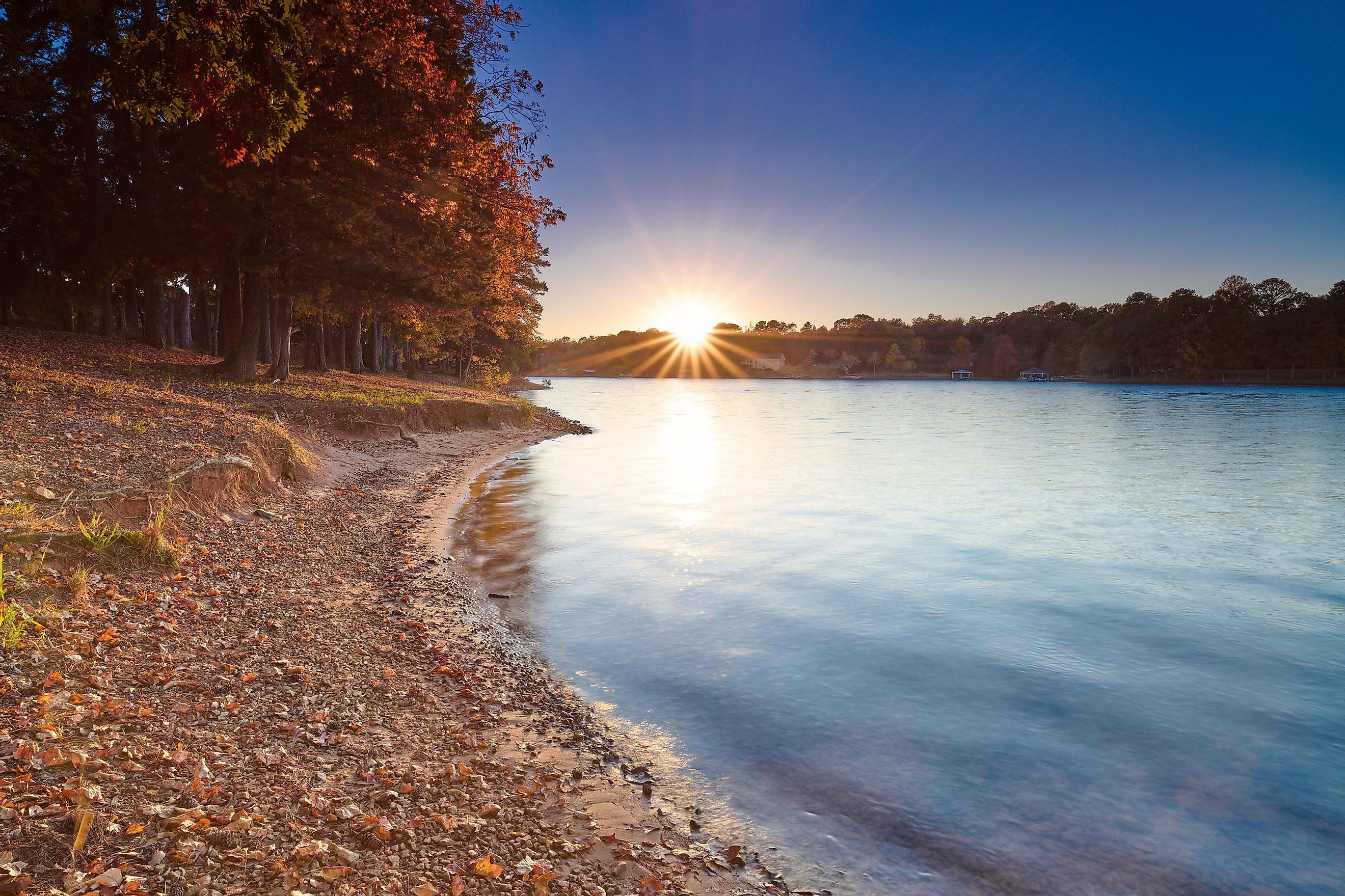
8 Most Beautiful Lakes In South Carolina
South Carolina is known for its stunning blue lakes spread all over the state. The bulk of them are man-made and are used for various leisure activities such as boating, fishing, and swimming. Because the majority of them are located inside state parks, visitors may also enjoy hiking, biking, camping, and bird viewing while visiting these gorgeous lakes.
Lake Marion
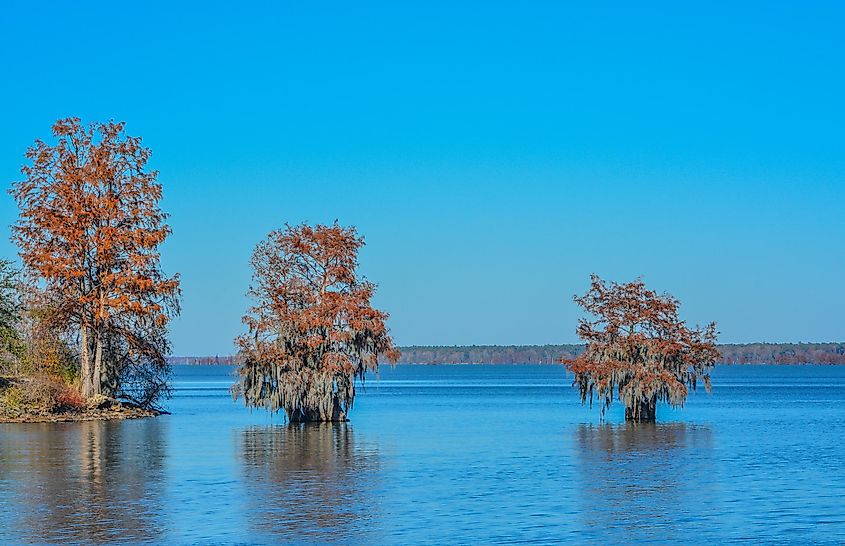
Lake Marion, South Carolina's biggest lake, is located within the borders of five counties: Sumter, Orangeburg, Calhoun, Berkeley, and Clarendon. It is also one of the top 50 lakes in the United States, with a 315-mile (507-kilometer) shoreline comprising around 110,000 acres (45 square kilometers). It was built in November 1941 during the building of the Santee Dam. The lake was named after American Revolutionary War General Francis Marion. The Santee River, Wyboo Creek, and the Eutaw Spring are among the streams that feed the lake. This site is a popular camping spot for students, religious organizations, and rowing teams, who flock there throughout the summer and spring when the weather is warm. Santee State Park, located on the lake's western shore, is a popular recreation area.
Fishing is one of the most popular hobbies in the area, and the lake retains the state record for capturing a largemouth bass weighing 16.2 lbs. White perch, striped bass, crappie, channel catfish, white bass, bream, redear sunfish, and the Arkansas blue catfish are among the numerous species found here. More than a hundred alligators may also be found in the shallow, marshy areas of the lake, as well as the nearby creeks and coves. Those who do not have a fishing license can get one at the park's visitor center.
Lake Murray
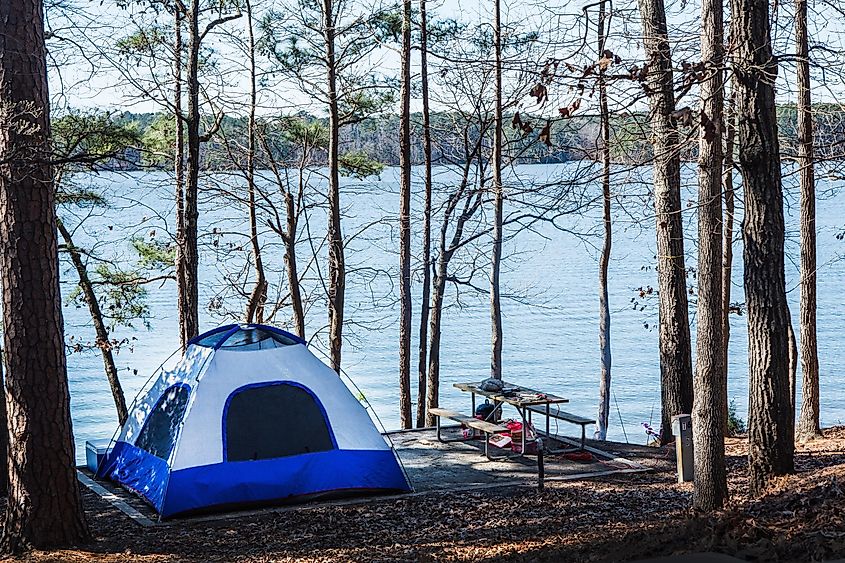
The 650-mile (1050-km) shoreline of Lake Murray, which has a surface area of around 50,000 acres (200 square kilometers), has earned it the moniker "Jewel of South Carolina" for its scenic splendor and shimmering waters. Lake Murray receives its water from the Saluda River, which originates in upstate South Carolina close to the border with North Carolina. It was the world's biggest man-made reservoir when it was finished, and it bears William S. Murray's name, the Saluda Dam project's principal engineer. The lake is well-known for fishing and boating. on addition, a variety of recreational activities are hosted on the Dreher Island State Recreation Area on its western edges.
When the water levels are good throughout the year, fishing is possible here from sunrise to night. On holidays including New Year's, Thanksgiving, and Christmas, as well as the second Tuesday of the month, fishing remains prohibited. The channel catfish, bass, black crappie, trout, and bluegill are the most common fish in Lake Murray. There are fish catch limitations for bluegill and crappie (a combined catch of 25), bass, catfish, and trout (five of each). If one isn't more than 150 feet from the coast, one can fish from a boat, the shore, or even from a float tube.
Although swimming is prohibited in the lake, visitors may cool off at nearby beaches, including Marina Beach, Martins Landing Beach, and Sunset Beach. The other options include walking, running, rollerblading, bicycling, and picnicking.
Lake Jocassee
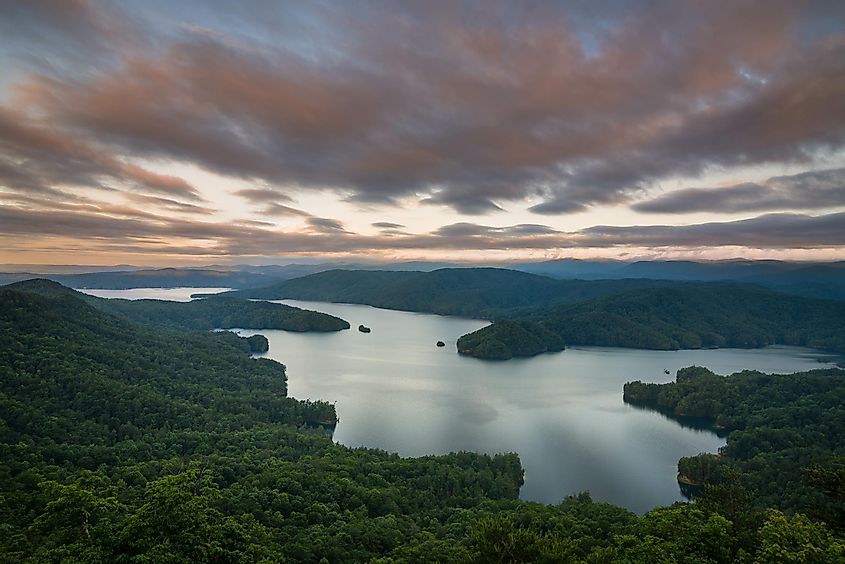
The depth of Lake Jocassee, which covers roughly 7500 acres (30 sq km), is about 300 feet (91 meters). It is located in South Carolina's northwest. The name of the lake, Jocassee, which translates to "The Place of a Lost One," is connected to a Cherokee maiden's legend. As a result of a partnership between the state and Duke Power, the lake was built in 1973. The Devil's Fork State Park contains it. This lake in South Carolina is known for being the cleanest lake in the state. Divers just recently found the remains of a lodge, which are currently 300 feet below the surface of the lake. The 2012 film The Hunger Games perfectly depicted the area's beautiful surroundings.
Swimming is permitted; however, there are no designated areas or other safety features like lifeguards available at the lake. Most of the other activities, including picnics, scuba diving, hiking, walking, and bird-watching, are offered in Devils Fork State Park.
Lake Strom Thurmond
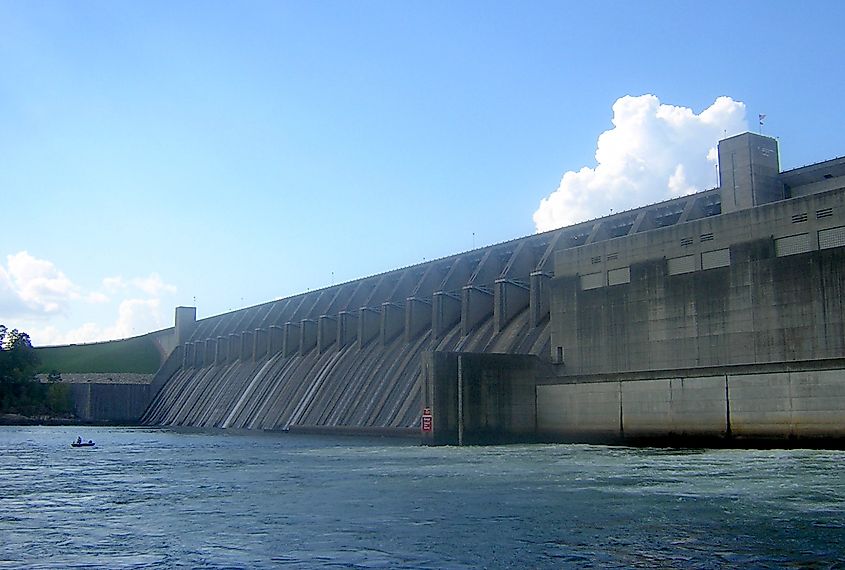
This lake, shared by South Carolina and Georgia, was built in 1951 as part of the J. Strom Thurmond Dam development and is located at the confluence of the Little River and Savannah River. It is now the second-largest manmade lake in South Carolina. Many people visit the numerous marinas, campsites, and parks that are close by each year. Regarding its name, there has been a lot of ambiguity and controversy. Even while it's still commonly known as Clarks Hill Lake in Georgia, the lake's current name was officially changed in 1987 to commemorate South Carolina politician Strom Thurmond.
The campsites and recreational areas surrounding the lake have specific sections where swimming is permitted. Visitors to this lake would undoubtedly have a blast because of the hiking, bike paths, and other fun activities.
Lake Moultrie
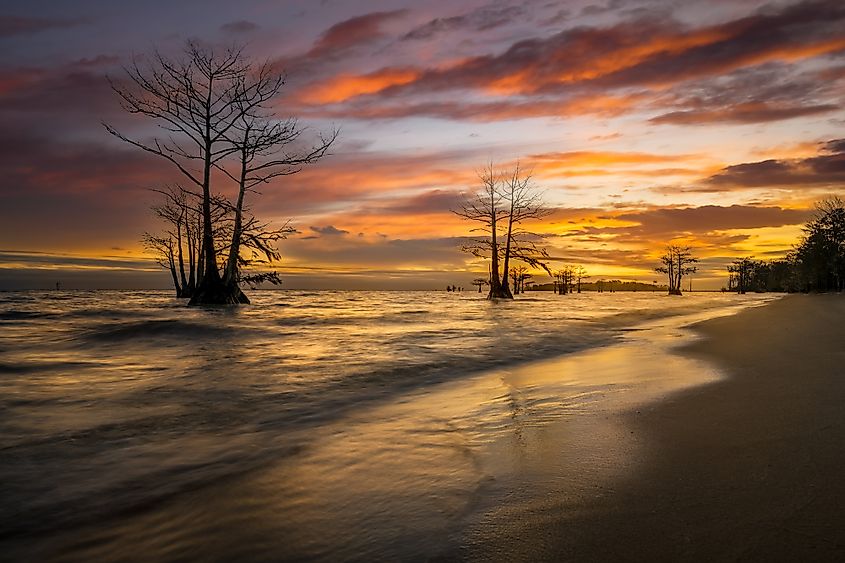
The lake, which has a surface area of more than 60,000 acres and is the third-largest of all the lakes in South Carolina, was formed during the 1940s. This lake, which is positioned in the state's Berkley County, receives water from the Cooper River via Lake Marion and a diversion canal. Cross, Moncks Corner, St. Stephen, and Bonneau are the towns close to this lake. William Moultrie, a governor of South Carolina in the latter half of the 18th century, inspired the lake's name.
The lake is home to a wide variety of fish species due to its different fishing settings, which include live cypress trees, shallow swamps, and blackwater ponds.
Lake Hartwell
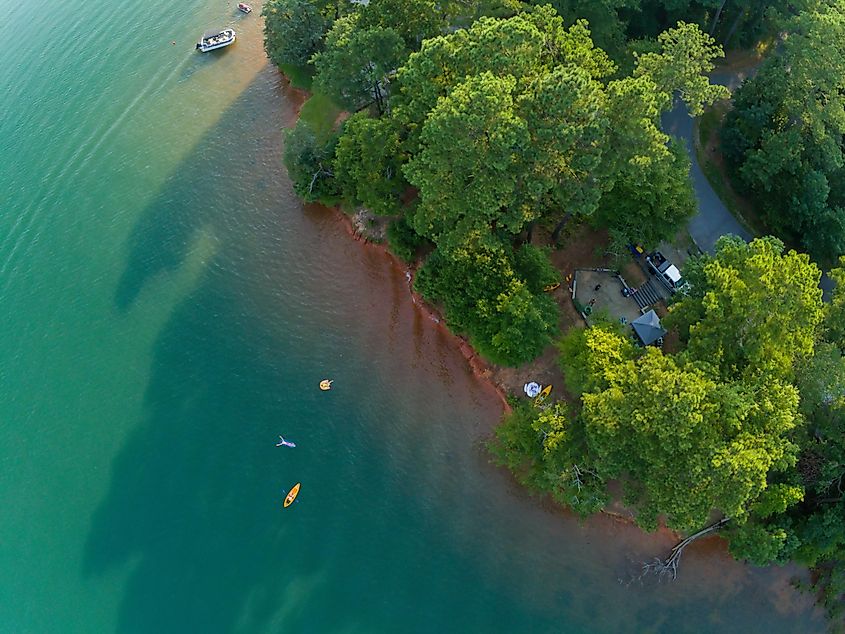
Along the Tugaloo, Seneca, and Savannah Rivers, Lake Hartwell, which has a surface area of around 56,000 square kilometers, has a boundary with the states of South Carolina and Georgia. The lake that was created when the Hartwell Dam was built is not only the largest lake in the Southeast, but it is also the one that is most used for leisure purposes. It takes Nancy Hart, a well-known character in the American Revolutionary War, as its name. Numerous activities are also made possible by the Lake Hartwell State Park, which is close to the lake.
One of the most popular pastimes in this area is boating. There are multiple boat ramps and five marinas on the lake: Big Water Marina, Hartwell Marina, Harbor Light Marina, Portman Marina, and Clemson Marina. There is also the Western Carolina Sailing Club, which promotes sailing and sailboat racing.
Lake Keowee
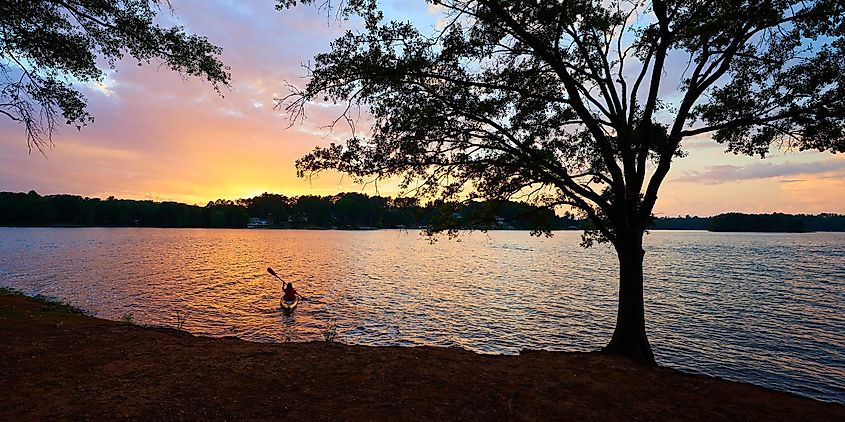
It was created in 1971 with Duke Energy, a power company, in mind. The lake is 26 miles long, 3 miles wide, and 54 feet deep, and it is mostly located in Oconee County, South Carolina. It also reaches Pickens County in certain places. The lake is principally nourished by the Little River and the Keowee River. "Place of mulberries" is how the Cherokee language describes Keowee. It is renowned for offering a wide range of leisure activities. However, due to the large number of fatalities here, it also has a bad reputation as one of South Carolina's deadliest lakes. At the park's northernmost point, there is also Keowee Toxaway State Park.
Several different types of fish may be found here, including spotted bass, largemouth bass, smallmouth bass, bluegill, catfish, yellow pouch, crappie, rainbow trout, and brown trout. Even though people fish all year long, June is the ideal month.
South Carolina is rich in culture, history, and delectable food. With imposing mountains, picturesque coasts, and woods, the terrain is equally breathtaking. The lakes in South Carolina provide many chances for leisure activities, regardless of whether you are a resident or a visitor. They are also an excellent justification for leaving the city.











